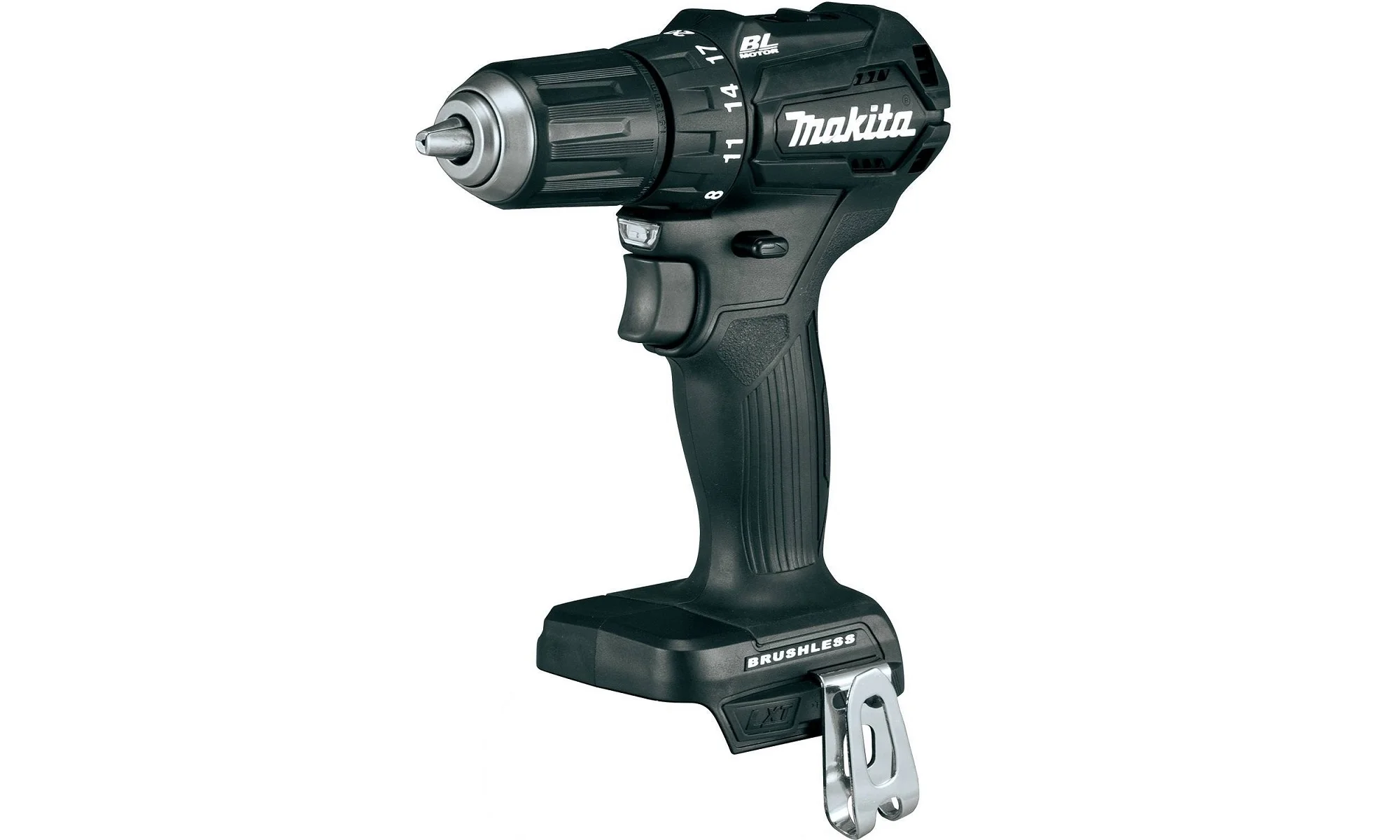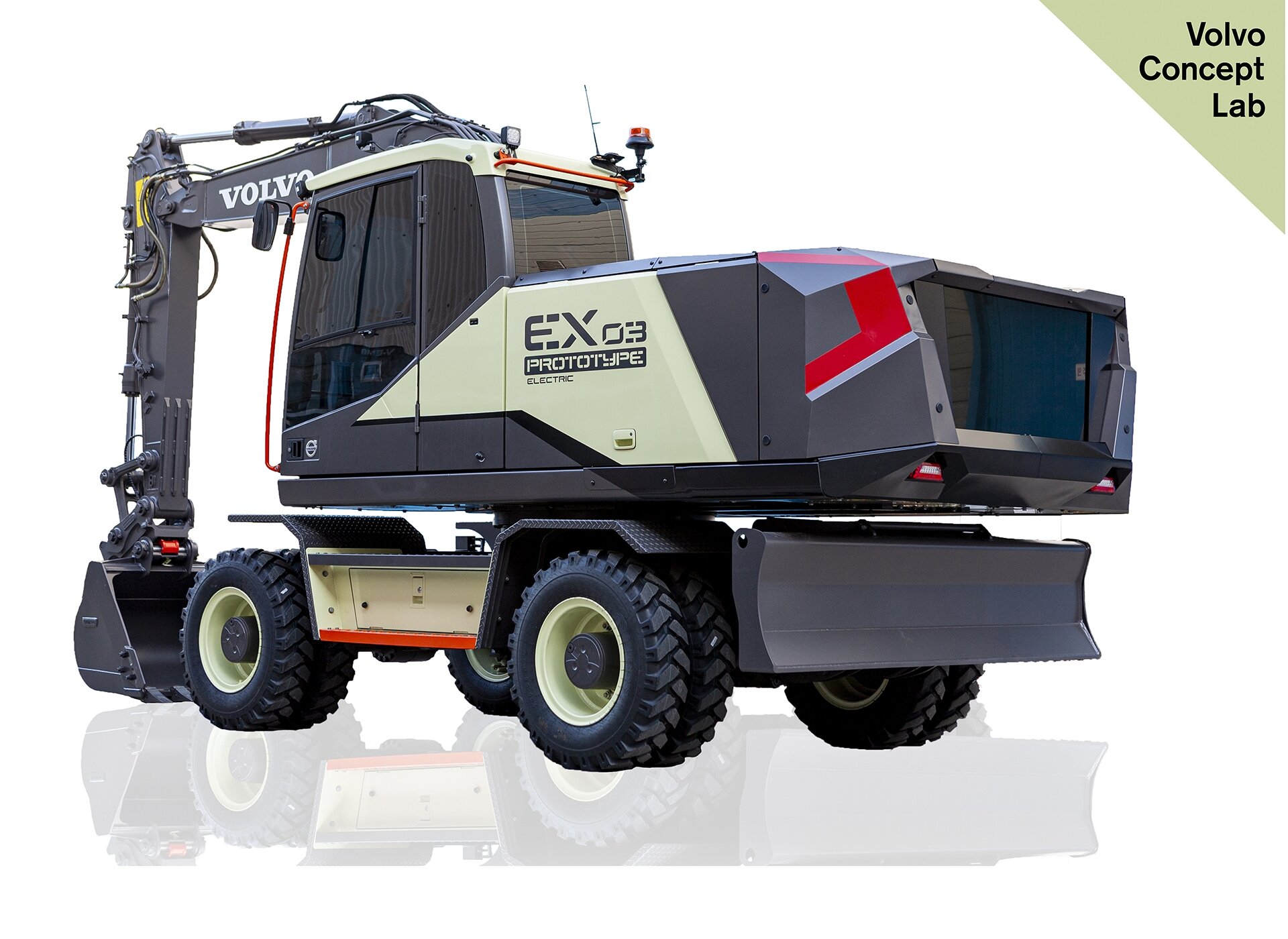As tools are continuing to drop the cords and move more towards battery power, the race is on to not only have the battery with the biggest runtime and most power, but also the lightest and most compact. Milwaukee and DeWalt seem to be battling it out at the top for the power and runtime category with the release of DeWalt’s 20V/60V FLEXVOLT battery and Milwaukee’s 9.0Ah 18V battery, but Makita has recently emerged as the company to beat in the light and compact 18V competition.
In the past, the compact tool market was dominated by 12V tools, offering a lot of convenience, but less power than some of your tougher jobs may require. With Makita now creating a new class of compact and utilizing their 18V batteries while doing it, tool users will get the benefit of using the same 18V battery that their other favorite Makita tools use, but the size and convenience of the 12V tools. That reduces the need for different batteries, different chargers, and even a different size of the same tool.
The first two tools released in Makita’s new LXT Sub-Compact Brushless tools, as they are calling them, are the 18V LXT Sub-Compact Brushless ½” Driver-Drill (XFD11ZB) and the 18V LXT Sub-Compact Brushless Impact Driver (XDT15ZB). Here’s the quick specs:
18V LXT Sub-Compact Brushless ½” Driver-Drill (XFD11ZB)
- Weight: 2.8 lbs with 2.0 battery
- 6-3/8” long
- 0-500 & 0-1,700 RPM
- 350 in-lbs of Max Torque
18V LXT Sub-Compact Brushless Impact Driver (XDT15ZB).
- Weight: 2.6 lbs with 2.0 battery
- 5-5/16” long
- 0-1,300/0-3,000 RPM & 0-1,600/0-3,900 IPM
- 1,240 in-lbs of Max Torque
Compared to the 12V versions, you’ll get roughly the same tool specs, but in a new black color. Makita currently only offers a 3/8” Drill/Driver in the Brushless 12V variety, so it’s not quite an apples-to-apples comparison. The tool lengths are roughly the same (18V drill/driver is 5/16” longer, impact driver is the same) and the 18V are a tad heavier (18V driver-drill and impact driver are each ½ lb heavier). The 18V driver-drill does have a higher RPM (0-450 & 0-1,500 vs. 0-500 & 0-1,700) and more torque (280 in-lbs vs. 350 in-lbs). Utilizing the 18V system will definitely increase the wattage of the tool, however.
The cost of the new tools falls between the 12V line and the full size 18V line. The combo kit, which includes the drill-driver, the impact driver, (2) 2.0Ah batteries, charger, and bag retails for $229 (you can get it here on Amazon). It also appears to have replaced Makita’s 18V compact line, which came in white, as they are shown to be discontinued on Makita’s website.
While you may not be able to toss your current full-size 18V drill-driver and impact to the side just yet, these new sub-compact tools are a step in the right direction, especially since it can eliminate the need for the 12V battery platform.
What do you think? Will you be investing in Makita’s new sub-compact tool class?











Last summer, Hilti announced that they had developed their first exoskeleton designed for construction tradespeople in a partnership with Ottobuck, a prosthetics, orthotics, and exoskeleton provider. Earlier this month, Hilti officially released the exoskeleton, announced more details, and published its retail price on their website.